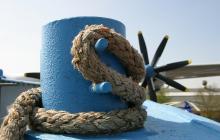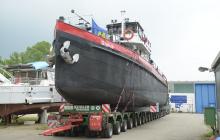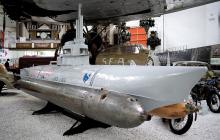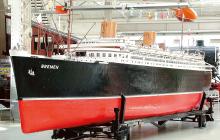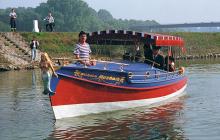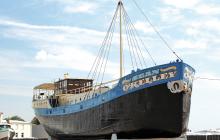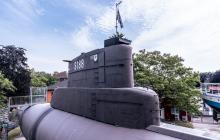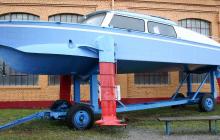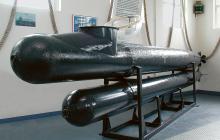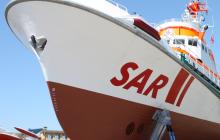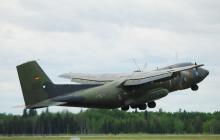Mini-Submarine Seal
As the “Beaver“ the “Seal“ was also a part of the small vessel combat units of the navy that had been created towards the end of WW II. Contrary to its rather hapless smaller brother the “Seal“ proved to be a relatively efficient weapon system. She is a submarine equipped with all features to be found in the big boats as well. She had a Diesel engine for above surface and an elevtric motor for underwater operation. The operating range was about 300 nautical miles at a speed of seven knots an hour. Her depth was at maximally 70 metres. The navigation was problematic. When submerged, orientation was either accomplished by sonar device or by means of a periscope, but this was only three meters long. In addition the boat was also equipped with two compasses.
Starting in late 1944 up to the end of the war approximately 70 “Seal“ submarines were deployed in action. Their fields of activity were the German Bay as well as the English Channel. Under the command of Lieutenant Commander Brandi they sunk 93000 register tons of enemy ships and one destroyer, sustaining comparatively minor losses of their own. The exhibit shown in the Technik Museum Speyer was discovered when a shipping channel was dredged and acquired in 1984 by a member of the museums society.
Technical Data:
Year of Construction: Starting in 1944 | Water Displacement: 14.9 tons | Length: 11.9 m - Width: 1.7 m | Draught: 1.74 m | Crew: 2 | Weapons: 2 torpedos

